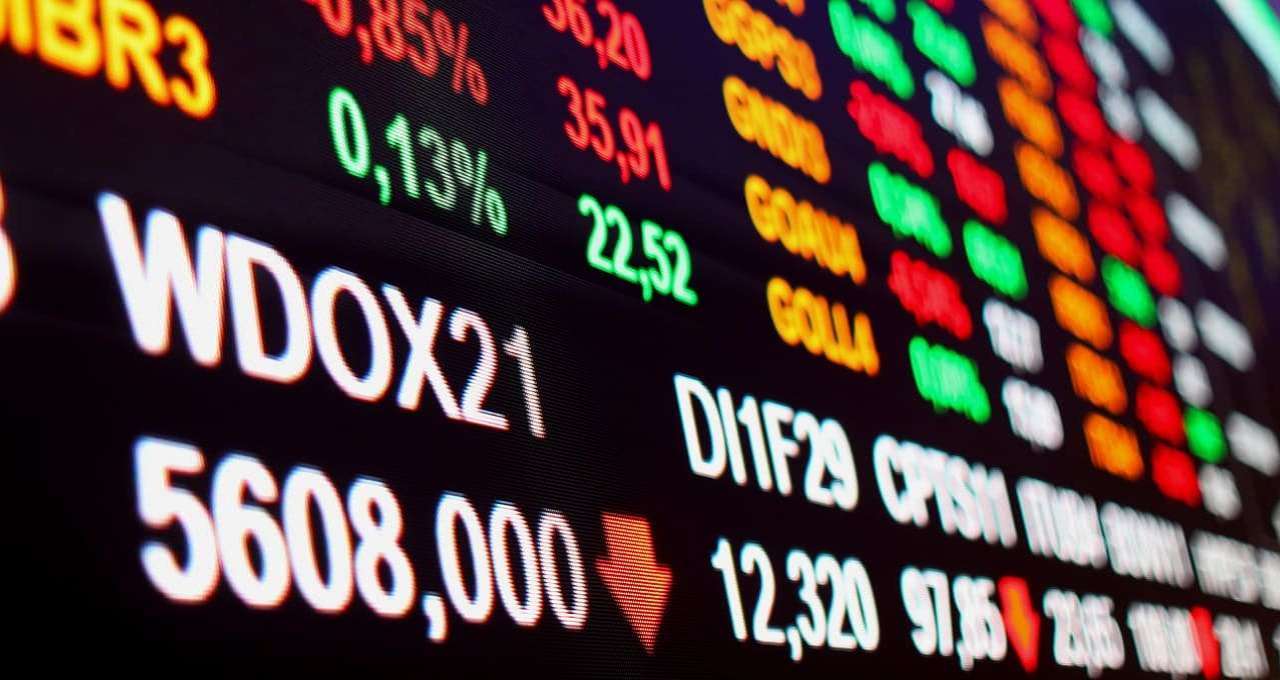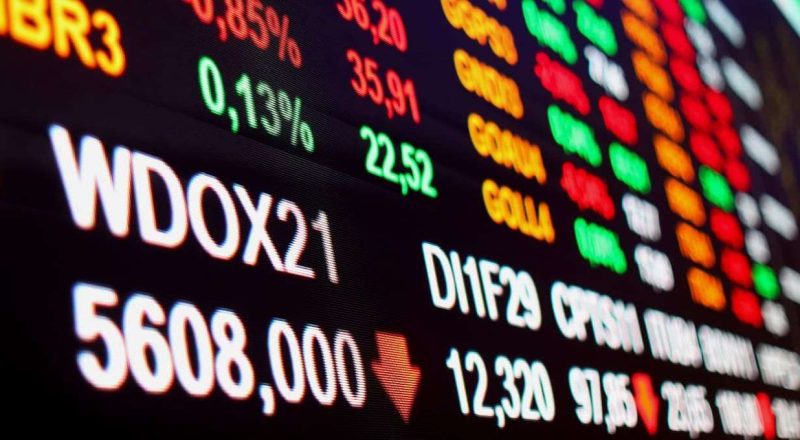
The Ibovespa advanced more than 1% with the support of the stimulus announced in China (Image: REUTERS/Amanda Perobelli)
The repercussions of the previous week, marked by monetary policy decisions, guided investors in recent days. With the release of new economic data, the Ibovespa (IBOV) experienced a 'rollercoaster' in negotiations.
In the domestic scenario, investors shared the minutes of the most recent meeting of the Monetary Policy Committee (Copom). Last week, the monetary authority raised the basic interest rate, the Selic, by 25 basis points, to 10.75% per year.
In the minutes, the BC excluded from the text the mention made in July that the Broad National Consumer Price Index (IPCA) “has cooled down”.
According to the document, the data suggest a deterioration in the composition of inflation, even though the aggregate number has not differed significantly from what was expected, citing an interruption in the disinflationary process in the most recent period.
The Bimonthly Report of Primary Income and Expenses for the 4th two months was also highlighted.
The federal government announced an additional budget block of R$2.1 billion, but there was a reversal of the R$3.8 billion allocated in July. Thus, there was a decrease of R$1.7 billion in expense containment, from R$15.0 billion to R$13.3 billion.
The market considered a new blockade of R$5 billion, taking expense containment to R$20 billion.
The Broad National Consumer Price Index 15 (IPCA-15), considered the preview of inflation official, registered an increase of 0.13% in September, against 0.19% in August, well below market expectations.
The market also followed the Quarterly Inflation Report and labor market data.
The unemployment rate stood at 6.6% in the three months to August, slightly below market consensus. Also in August, the country created 232,513 jobs, also slightly lower than expected.
Finally, Ibovespa (IBOV) closed last Friday's trading session (27) at 132,730.36 points and accumulated an increase of 1.27% in the week. The performance was driven by the recent appreciation of iron ore. Caution with the fiscal scenario and the continuation of high interest rates for longer remained in the background.
The spot dollar (USBRL) ended the week at R$5.4361, with a drop of 1.54% in the last five sessions.
Check below the biggest rises and falls of the Ibovespa between September 23rd and 27th:
On the positive side of Ibovespa, CSN led the week's gains with a 21% jump.
With no recent news about the company, the shares followed the strong appreciation of iron ore following a series of measures announced by the Central Bank of China (BPoC) to stimulate the Asian giant's economy.
The most traded iron ore contract, expiring in January 2025, advanced more than 10% on China's Dalian Commodity Exchange (DCE) in the week.
Vale was also among the best performing stocks in the week with support from the commodity.
Check out the biggest rises in Ibovespa this week:
| CODE | NAME | WEEKLY VARIATION |
| CSNA3 | CSN ON | 19,05% |
| STBP3 | Santos Brasil ON | 16,92% |
| AZUL4 | Azul PN | 13,12% |
| ELECTION 3 | Vale ON | 11,53% |
| BRAP4 | Bradespar PN | 11,17% |
| SLCE3 | SLC Agricultural | 9,76% |
| CMIN3 | CSN Mineração ON | 8,99% |
| BRKM5 | Braskem PN | 8,61% |
| CRFB3 | Carrefour Brasil ON | 7,91% |
| PETZ3 | Petz ON | 6,74% |
Biggest drops in Ibovespa
On the negative side, Hapvida led the losses with a drop of more than 7%.
The highlight of the week, however, was Yduqs. The company was at the center of attention regarding mergers and acquisitions in the education sector.
Last Tuesday (24), the Glass reported the hiring of banks Itaú BBA and UBS BB to find a potential buyer or a potential partner in a merger operation.
Yduqs would be one of the potential companies in negotiations.
Two days later, new rumors emerged that the company had resumed talks for a possible merger with Cogna.
Check out the drops in the main Brazilian stock market index this week:
| CODE | NAME | WEEKLY VARIATION |
| HAPV3 | Hapvida ON | -7,62% |
| B3SA3 | B3 ON | -6,78% |
| YDUQ3 | Yduqs ON | -6,65% |
| FLRY3 | Fleury ON | -5,23% |
| SBSP3 | Sabesp ON | -4,84% |
| RADL3 | Raia Drogasil ON | -4,71% |
| AZZA3 | Azzas 2154 S.A. | -3,99% |
| VBBR3 | VIBRA energy IS | -3,87% |
| JBSS3 | JBS ON | -3,80% |
| BRFS3 | BRF ON | -3,42% |
Exterior
Abroad, China was the big highlight of the week.
The Chinese government announced that it will make a new round of announcements to boost the Asian giant's activity.
Chinese leaders have promised to implement “necessary fiscal spending” to meet this year's economic growth target of approximately 5%, as the country faces a sharp drop in the property market and weak domestic demand.
O Central Bank of China (PBoC) had already announced on Tuesday (24) its most aggressive monetary easing since the pandemic, signaling cuts in a wide range of interest rates and a liquidity injection of 1 trillion yuan (US$140 billion) into the financial system, among other measures.
The announcement caused an improvement in the global perception of consumption in China, the largest importer of raw materials on the planet, boosting assets in several markets, including shares and currencies of countries with deep trade relations with the Asian giant.
In the United States, Gross Domestic Product (GDP) expanded at an annualized rate of 3.0% in the second quarter, in line with market expectations.
Growth in the first quarter was revised upward to a rate of 1.6% from the previously reported 1.4% pace.
But the most anticipated data of the week was the Price Index for Personal Consumption Expenditures (PCE) — an inflation reference for the Federal Reserve (Fed).
The PCE rose 0.1% in August. In one year, the PCE was 2.2% and came closer to the 2% target pursued by the Fed.
After the data, bets on a 50 basis point interest rate cut by the Federal Reserve in November increased.
Os traders they now see a 56.7% chance that the US central bank will reduce interest rates to the range of 4.25% to 4.50% per year, according to the CME Group monitoring tool. Yesterday (26), this probability was 49.3%.
As a result, bets on a 25 basis point cut, which would place US interest rates in the range of 4.50% to 4.75% per year, fell from 50.7% (yesterday) to 43.3% today.
